We arrived at our anchorage at dusk, with the sun was beginning to dip towards the horizon. As we set the anchor, wind chop was beating against the side of the boat. These islands had the feel of somewhere distinctly wild, far beyond the reaches of most human expeditions and decidedly untouched. Remote and untamed, this place was exactly where I would have expected to find the oceans top predator.
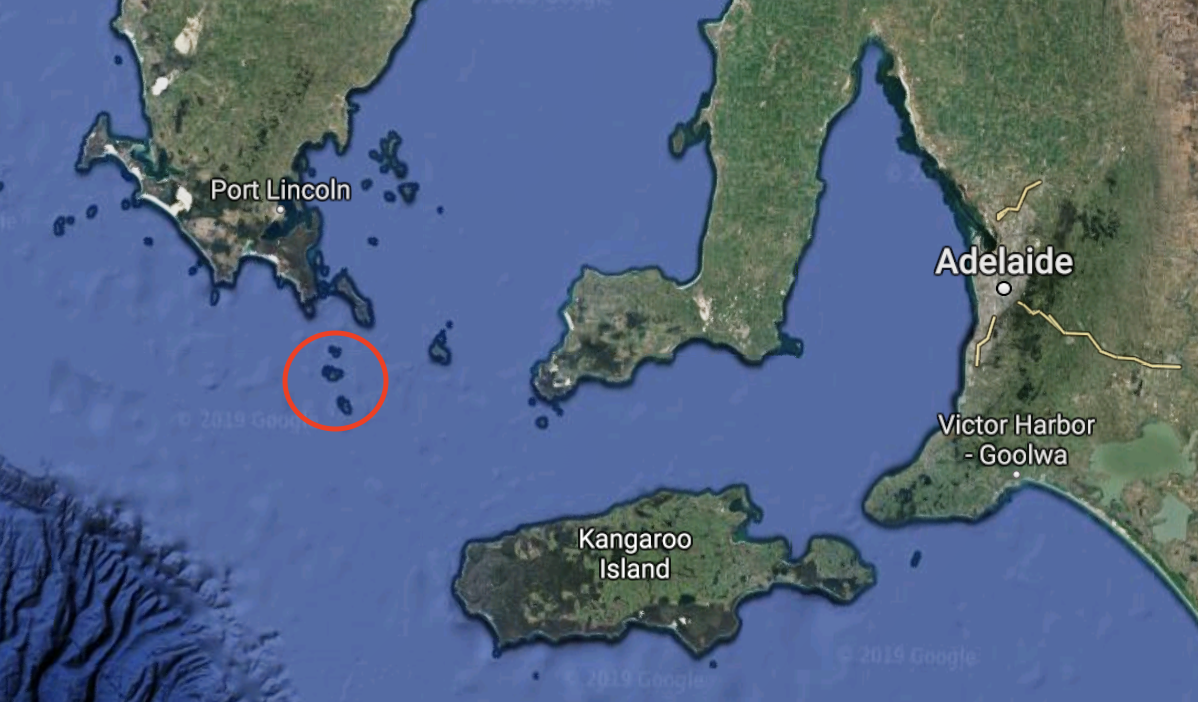
The great white shark is an elusive creature. Trying to find them requires patience, perseverance and a particular tolerance to the smell of rotting tuna that few individuals possess. However, such characteristics are common amongst the skilled crew of Rodney Fox Expeditions based in Port Lincoln, South Australia.
As we lowered the cage over the back of the boat, a nervous but excited energy ran through the guests onboard our vessel, Calypso. Everyone has their own reason for wanting to dive with great white sharks. Driven by awe, fear, the rush of adrenalin or simple curiosity, guest’s reasons for wanting to dive with great white sharks are as numerous and varied as the guests themselves. For this particular trip, the realisation of a life-long dream to see the oceans top predator up close was a common theme on board.
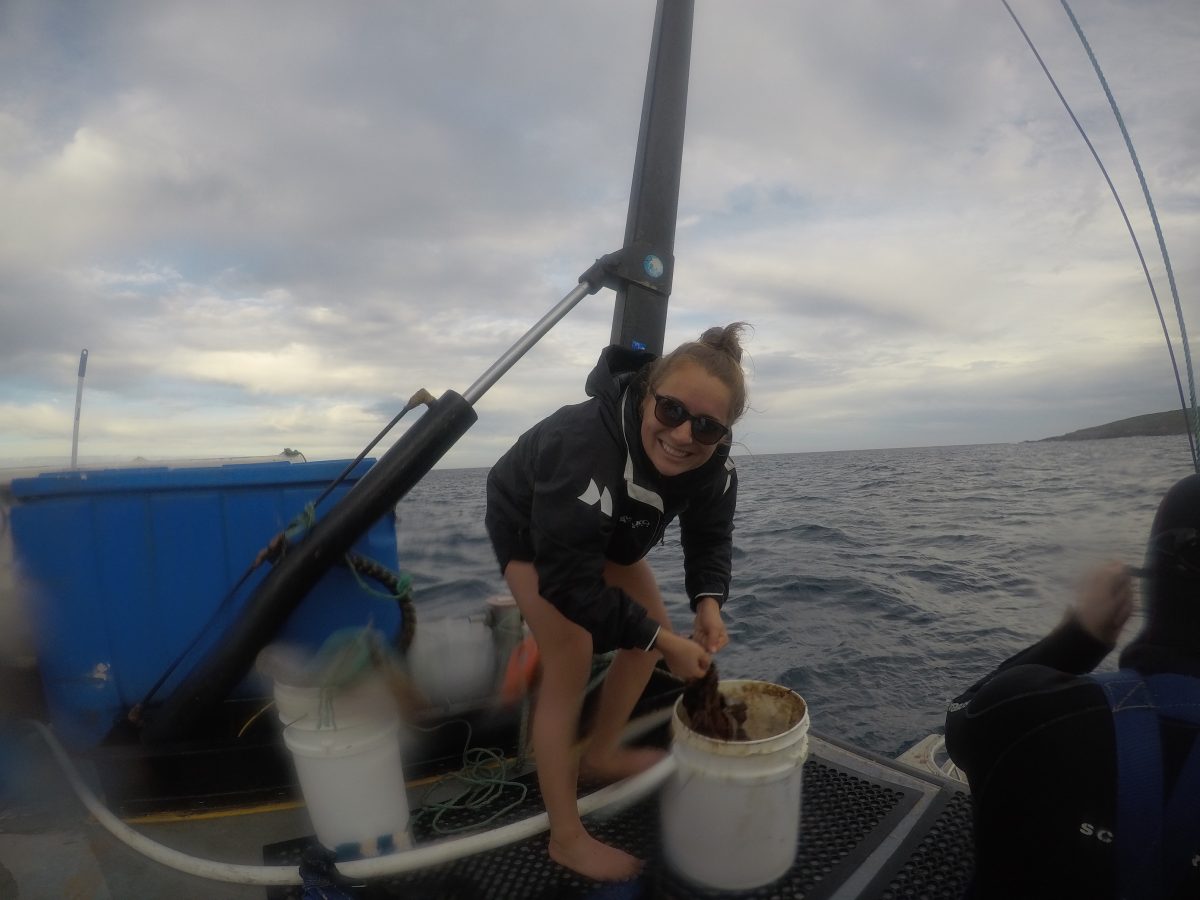
Photo: Joanna Smart
As I got myself elbow-deep in minced tuna, the ocean’s surface bubble with the splashes of hundreds of excited trevally, eager for the meal of burley we were using to attract the sharks to the boat. As the cold wind whipped my face, I glanced out to the horizon, steadying myself against the rolling swell and I saw it. Cutting through the choppy seas was the unmistakable dorsal fin that could only belong to one creature.
My first great white shark.
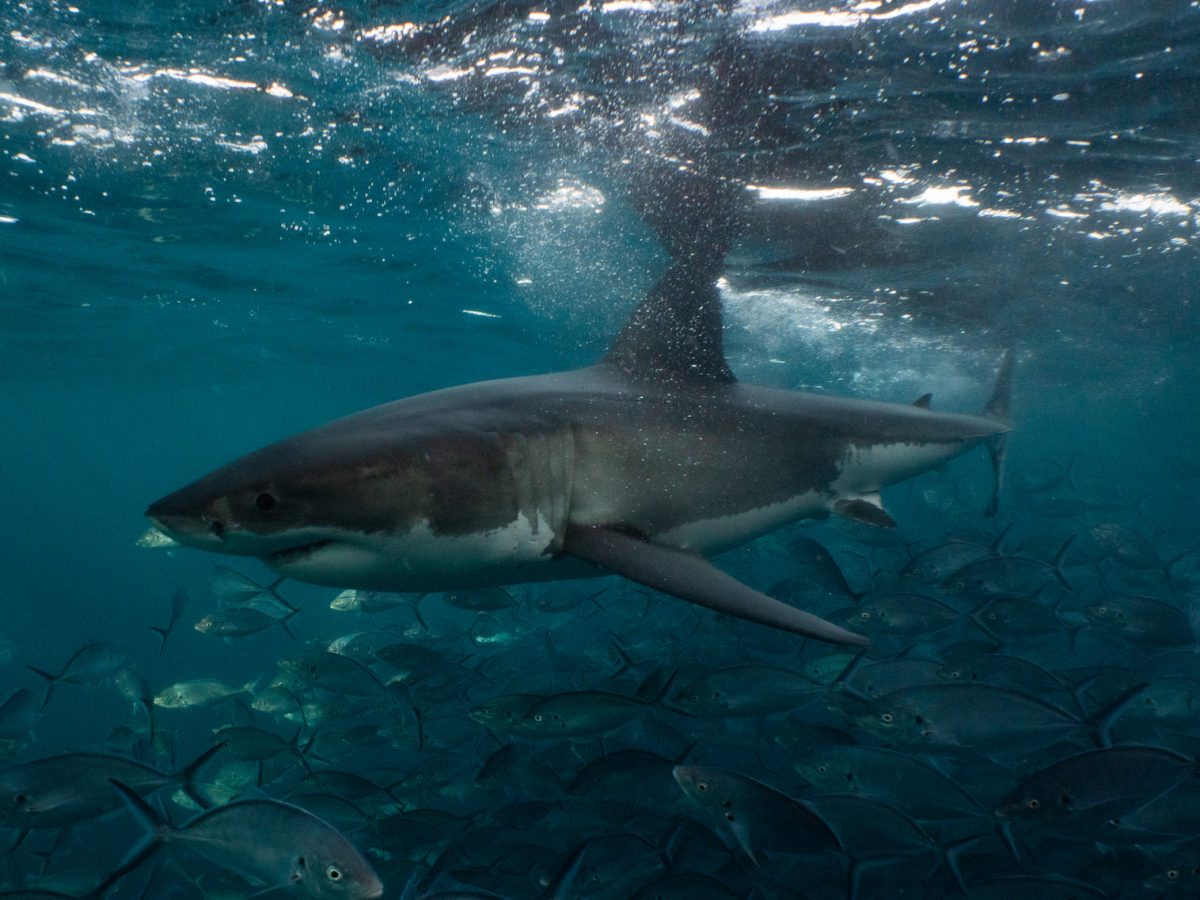
Photo: Joanna Smart
As I worked the bait lines, our guests were quickly lowered into the cages for what can only be described as the experience of a lifetime. Excited smiles quickly replaced seasick faces as each guest was able to see a great white shark so close you could practically touch it.
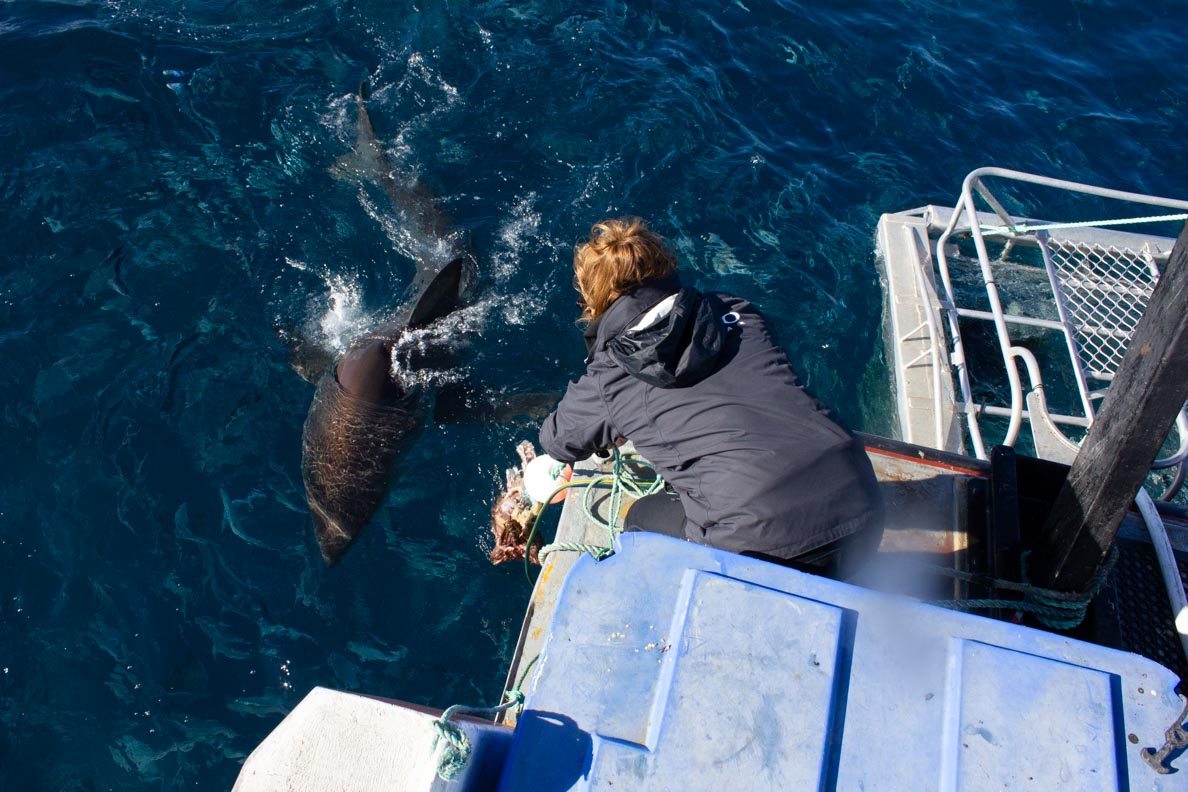
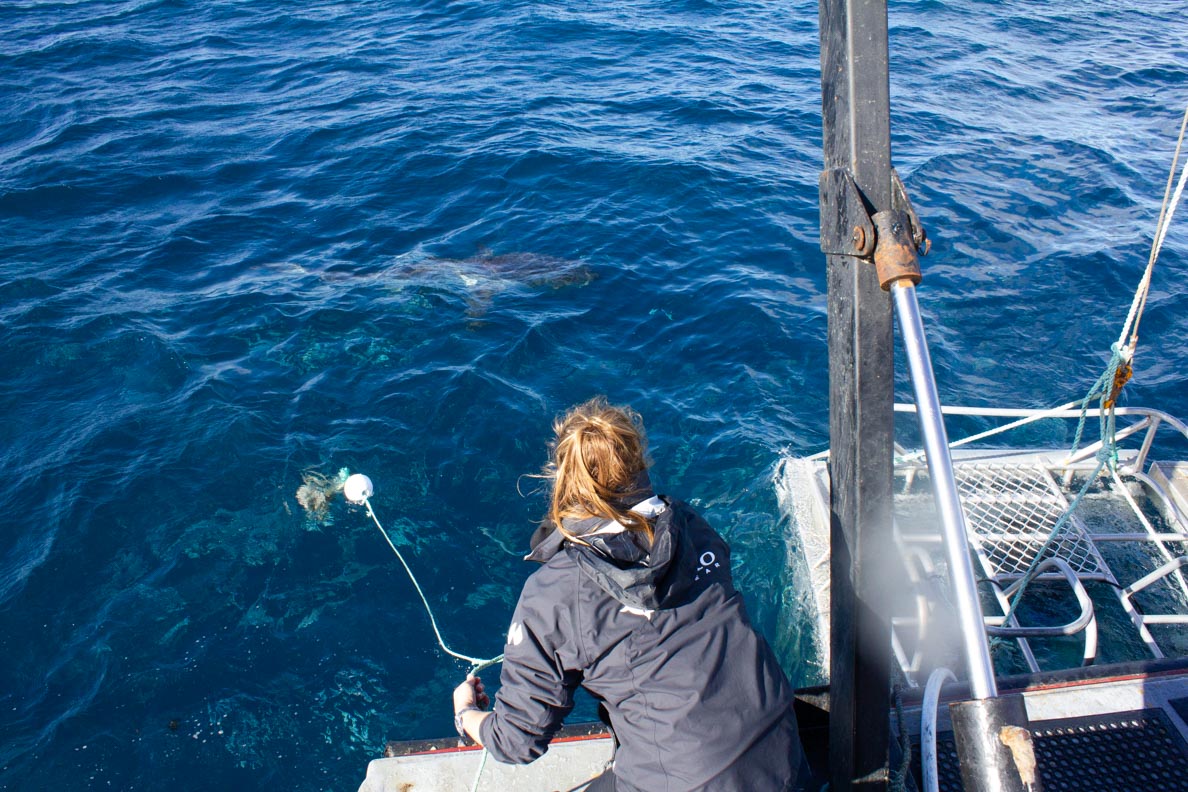
Photo: Mitch Green
Rodney Fox Expeditions pioneered shark cave diving in the 1960s and the story to how they began is nothing short of extraordinary. After Rodney experienced a near-fatal shark attack during a spearfishing competition, his curiosity for the creatures grew and the crew have involved in shark, research, conservation, and tourism ever since. Read more of Rodney’s story here.
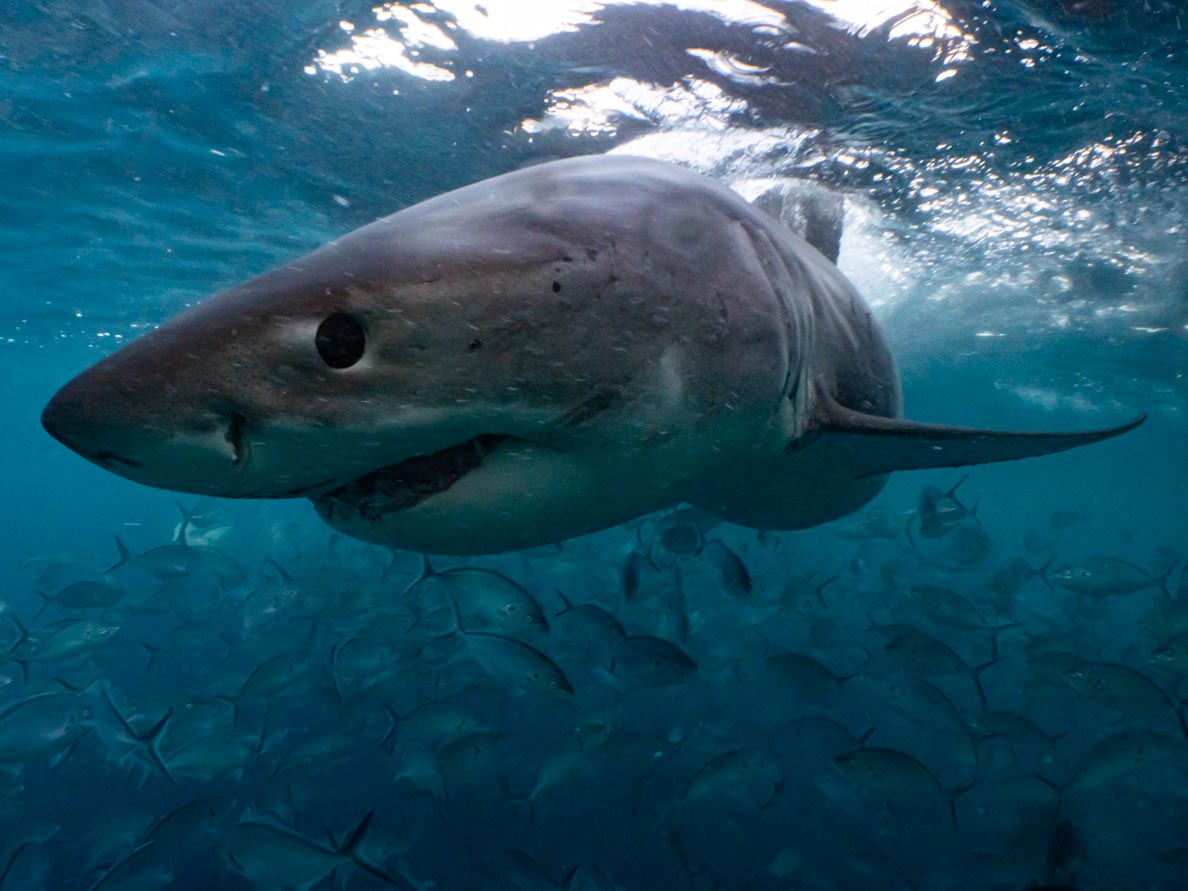
Photo: Joanna Smart
White shark conservation and Rodney Fox Expeditions are intrinsically linked, with research forming a core part of the business. The team have made significant contributions including satellite tagging, biopsy sampling, and photo identification. Through their efforts, they have identified over 1000 individual white sharks. A staggering number considering how little is known about the population.
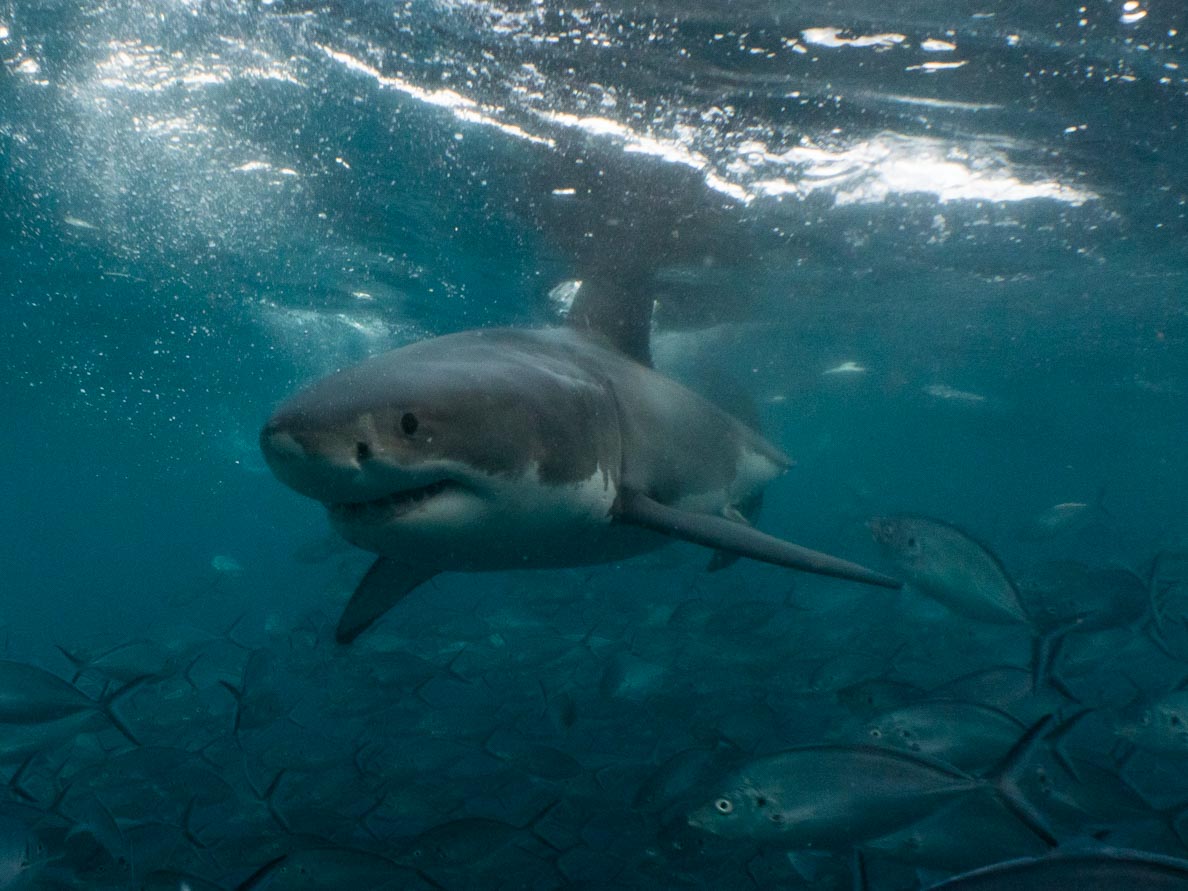
Photo: Joanna Smart
Another major goal of undertaking a Rodney Fox expedition is to change our perception of sharks. Vilified world-wide as mindless man-eaters, great whites have a particularly undeserved aggressive reputation. That said, I wouldn’t recommend jumping in the water with one without a cage – common sense people!
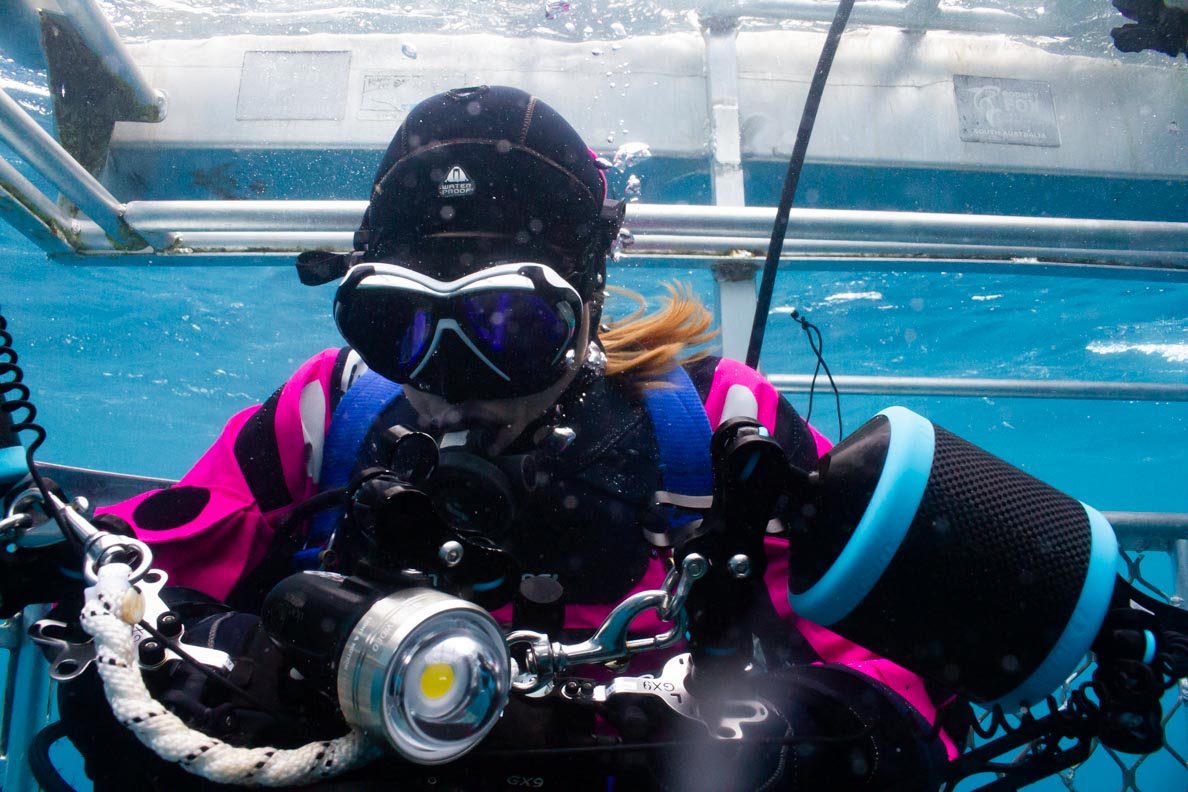
Photo: Sam Brakenridge
The species faces numerous threats including commercial fishing, shark finning, and deliberate slaughter. Conservation is made particularly challenging by how little is known about the shark’s life history, something which the crew at Rodney Fox are hoping to change.
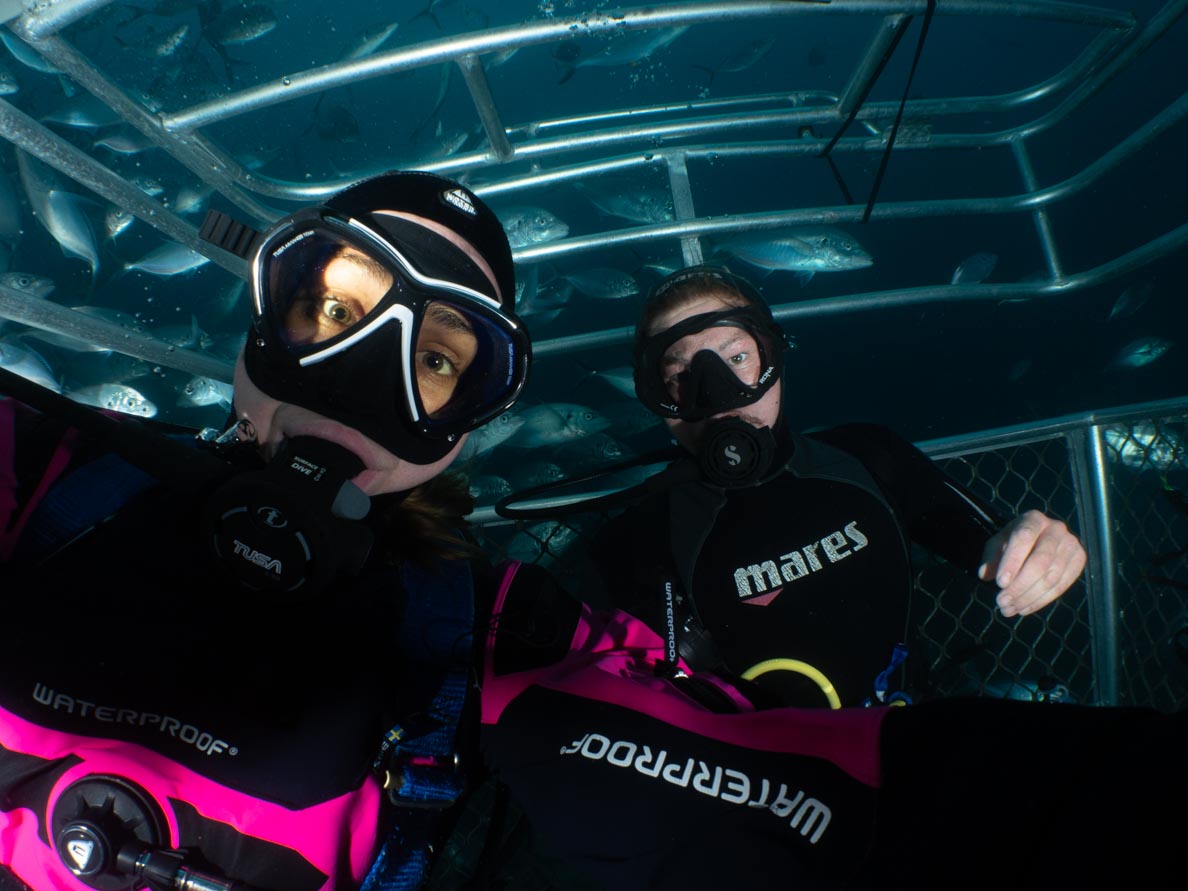
Photo: Joanna Smart
Witnessing a great white shark up close is like nothing I have ever done before. Their sheer size, speed and agility had me speechless. Yet, despite their savage reputation, fear was not among the emotions I felt during my stay with Rodney Fox Expeditions. Respect is the word that comes to mind when I now think of these creatures and I was in awe with how evolution has created such a perfect predator.
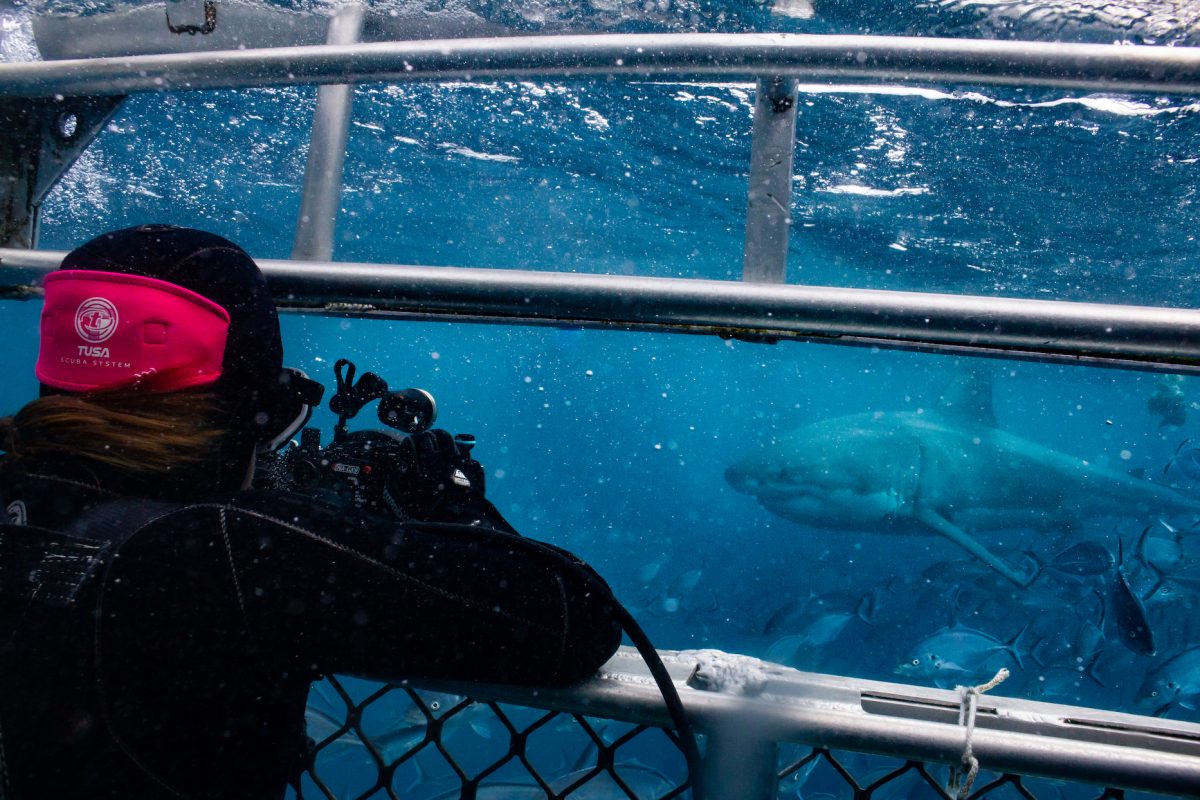
I cannot thank Rodney Fox Expeditions enough for their continued support of the OWUSS Rolex Scholarship program. The crew of Sam, Mitch, and Skye made the mix of large swell, tuna guts and cold water incredibly fun and I cannot wait to return sometime in the near future.
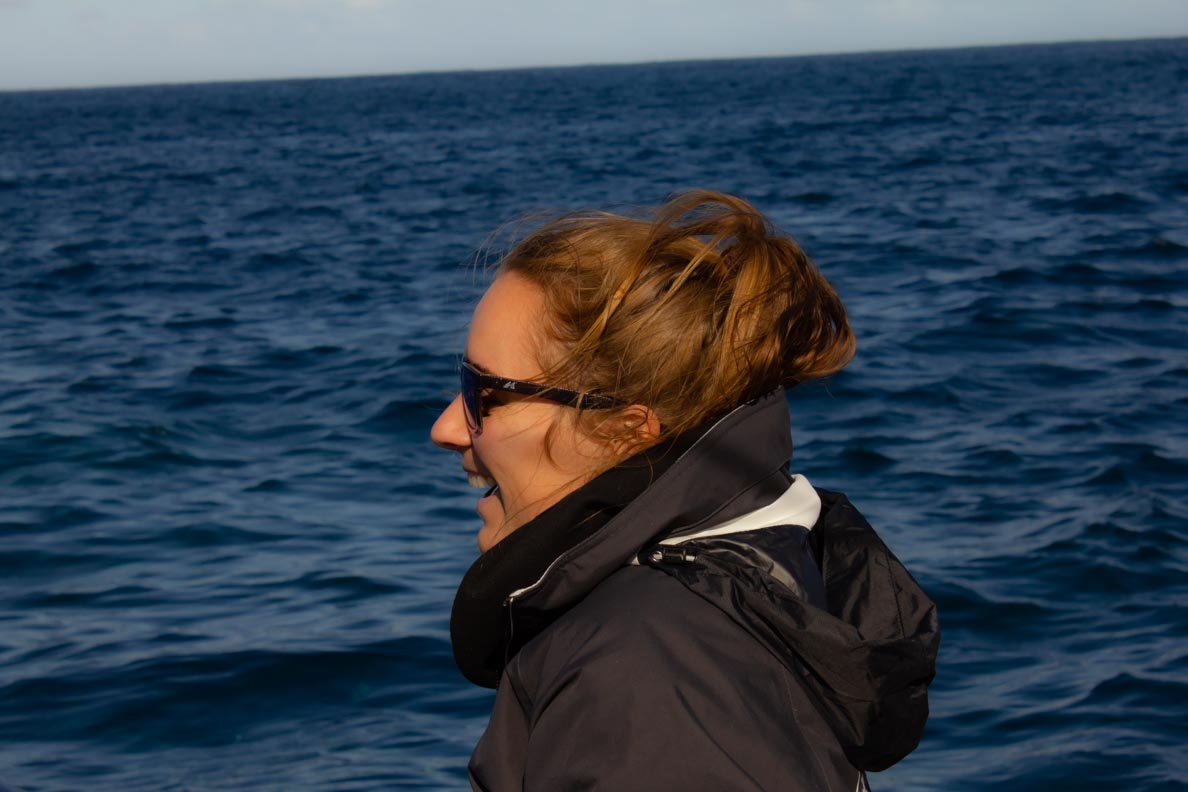
Photo: Sam Brakenridge
Thanks to Rolex and OWUSS for making this possible. Also, a big thanks to TUSA, Waterproof, Mako Eyewear, Reef Photo and Video and Light and Motion for the equipment to undertake and document this experience.
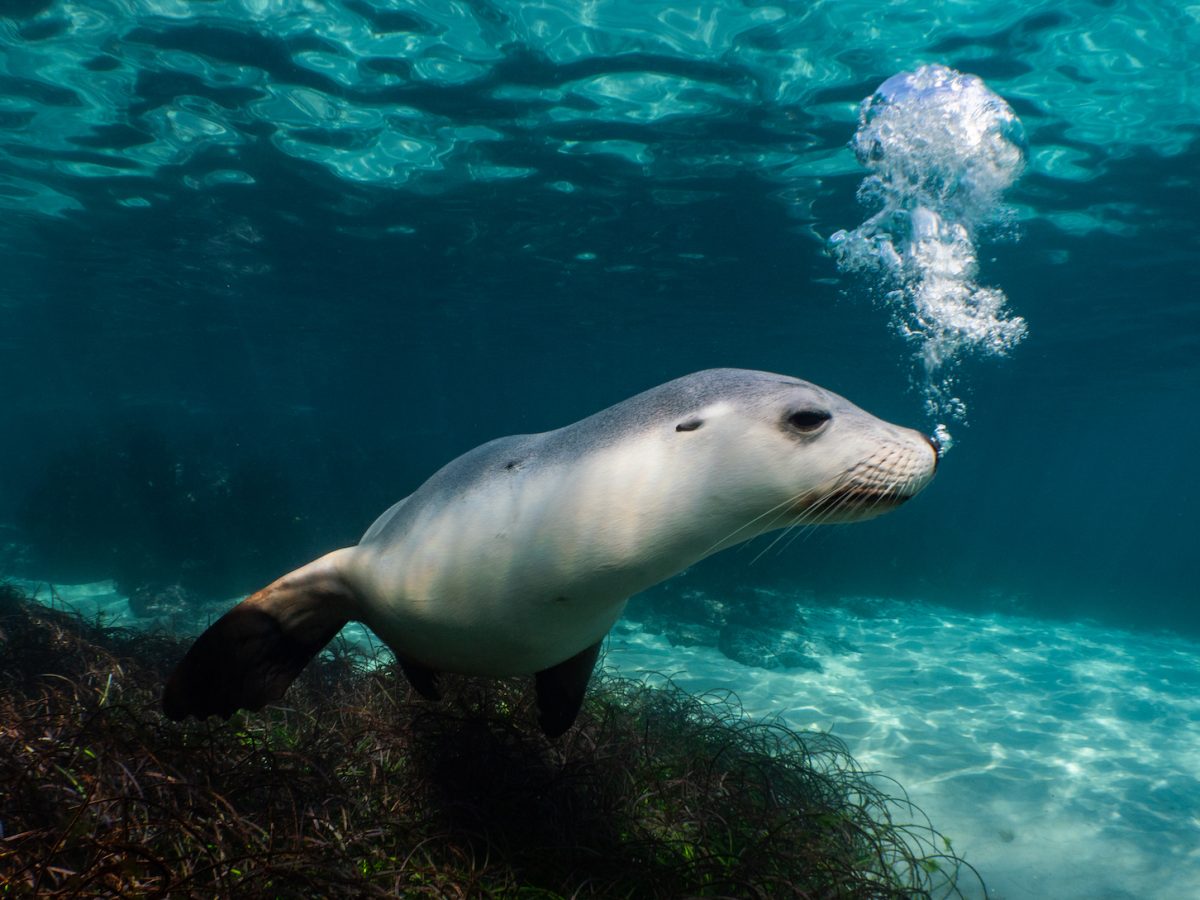
Photo: Joanna Smart
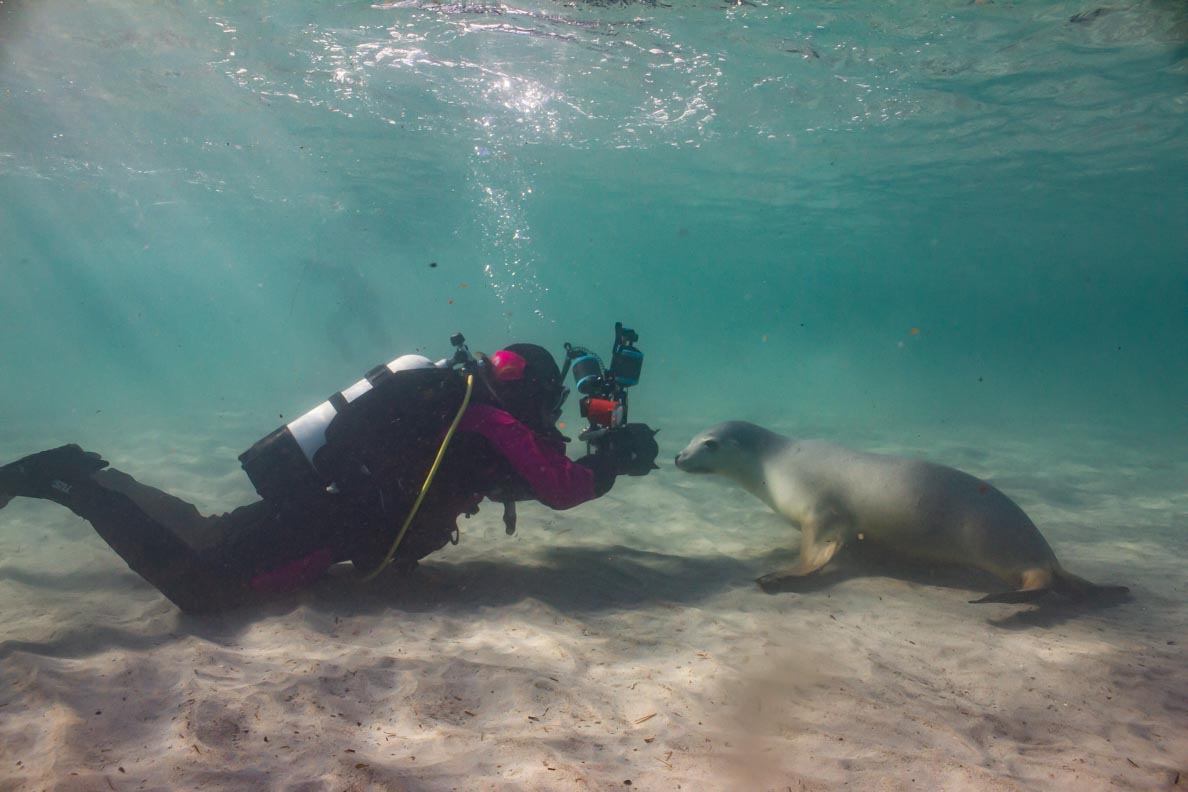
Photo: Sam Brakenridge
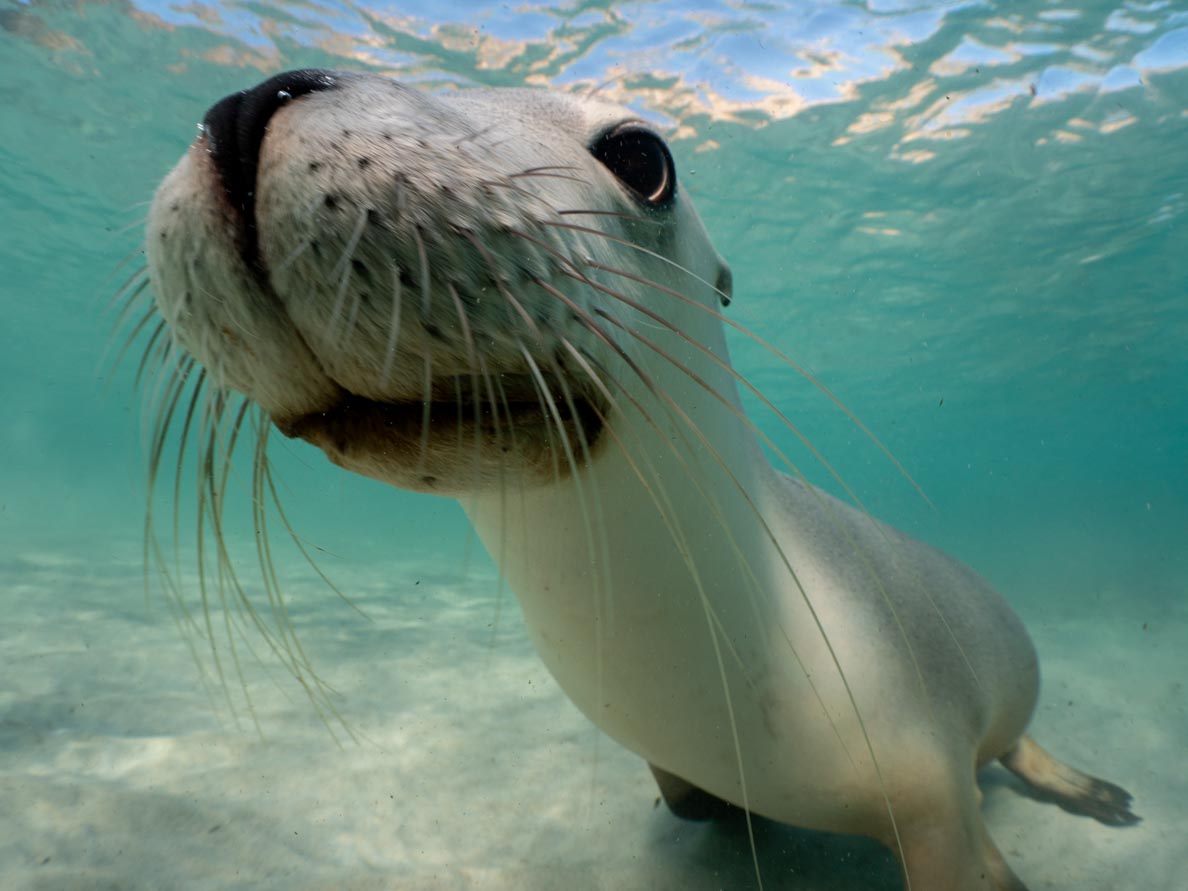
Photo: Joanna Smart